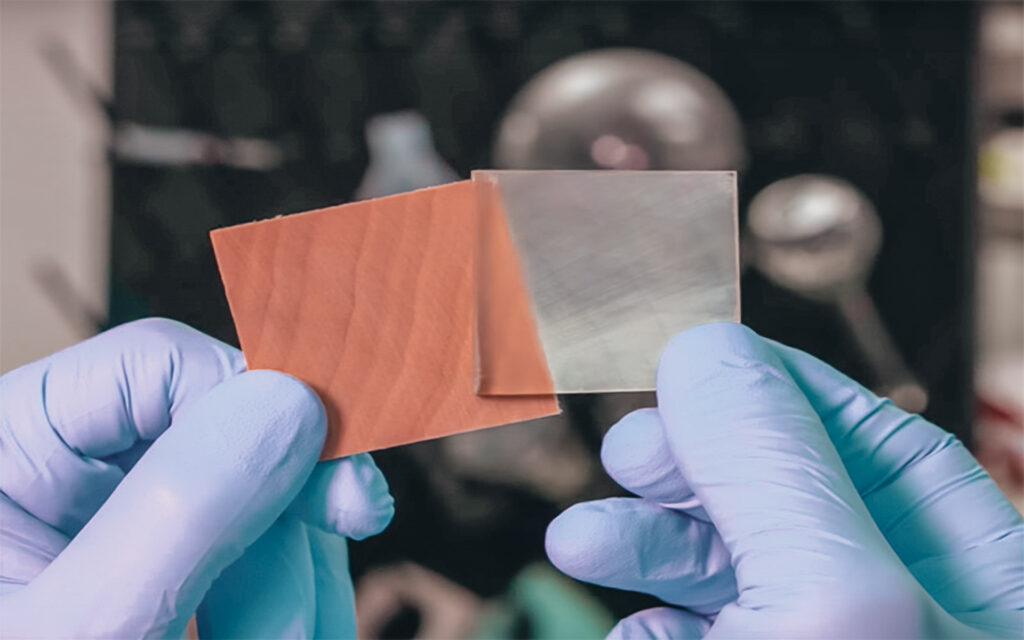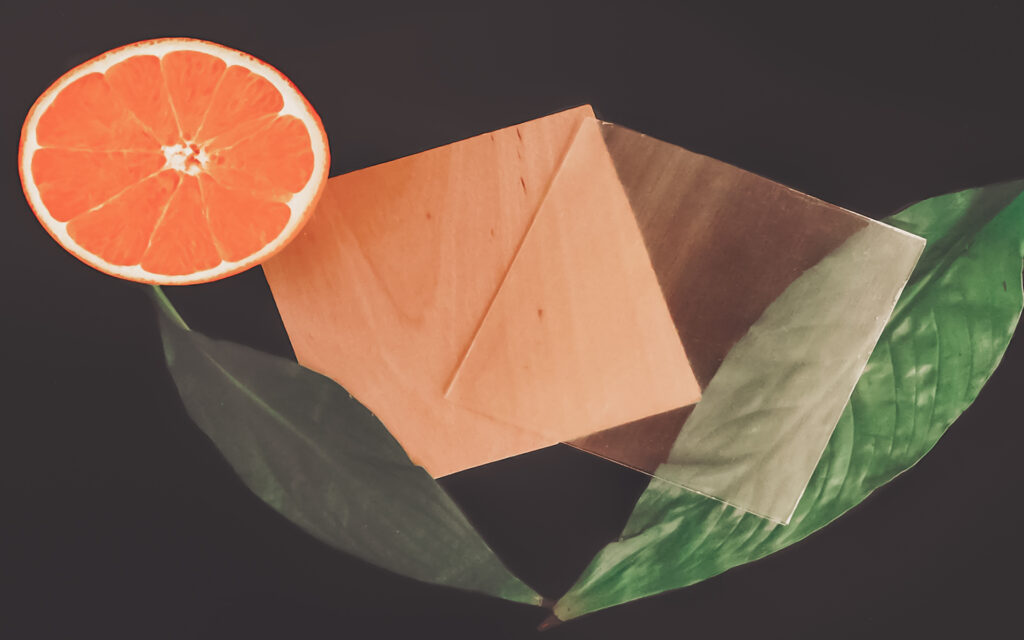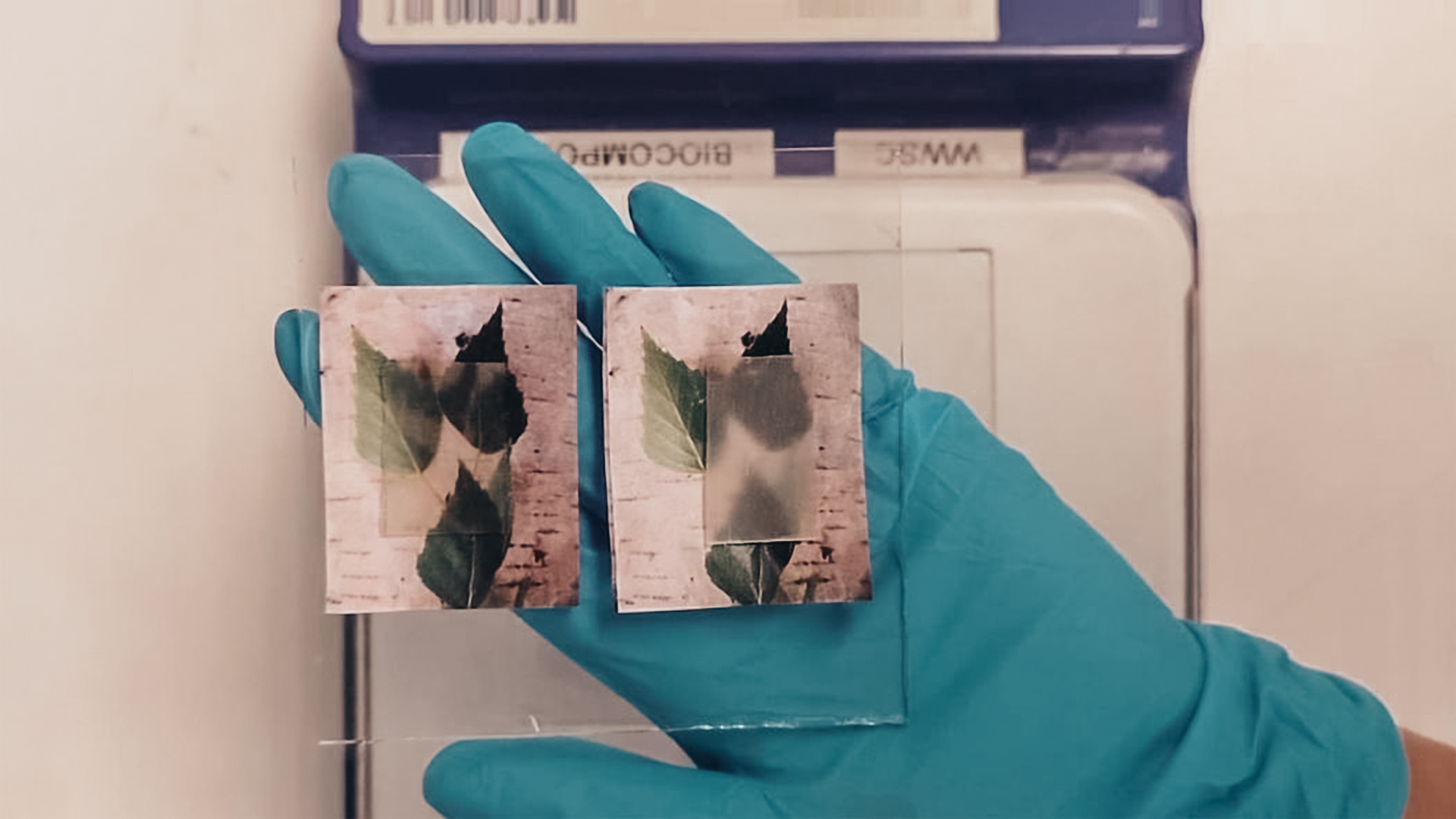The term Mimesis, in Greek, means an imitation of nature, a “high” imitation, which belongs deeply to reality and is also pertaining to nature, which it intends to imitate. In order to conceive it, it is necessary to have understood both, nature and reality equally deeply. When does technology have this very high aptitude? When it can come up with high-quality products. That is what happened with transparent wood. A group of scientists has invented a way to make, in fact, translucent wood, capable, therefore, of absorbing and releasing light and heat. This transparent wood could, one day, be used in the construction industry to make buildings with eco-friendly characteristics.

Advantages of transparent wood
In 2016, a team led by Lars Berglund of the KTH Royal Institute of Technology in Stockholm had announced that they had developed a type of transparent wood. The research team had succeeded in the undertaking by removing a component from the cell walls of wood that absorbs light. In the coming decades, moreover, it is expected that buildings will have to use increasingly environmentally friendly products.
“Wood is a renewable and abundant material that has been used for centuries as a building material,” said Céline Montanari, project researcher. “It has many advantages, including excellent mechanical performance, low density, and excellent thermal insulation properties compared to glass. However, it cannot be used as a light-transmitting material as it is. Aiming to reduce artificial lighting in buildings and develop new functional wood-based materials, we chemically modified wood to make it transparent without losing its mechanical properties. This suggests that transparent wood can be used for light-transmitting structures, such as windows, with the advantage of being much more insulating than glass.”
“Wood is a renewable and abundant material that has been used for centuries as a building material,” said Céline Montanari, project researcher. “It has many advantages, including excellent mechanical performance, low density and excellent thermal insulation properties compared to glass. However, it cannot be used as a light-transmitting material as it is. Aiming to reduce artificial lighting in buildings and develop new functional wood-based materials, we chemically modified wood to make it transparent without losing its mechanical properties. This suggests that transparent wood can be used for light-transmitting structures, such as windows, with the advantage of being much more insulating than glass.”

From the waste of oranges
To do this, the team added polyethylene glycol (PEG) to the wood to improve its performance so that it would be able to absorb and emit light and heat, saving on energy consumption. The second step in the research was to use limonene acrylate instead of PEG. Limonene acrylate comes from waste from the citrus supply chain. A 100% renewable type of transparent wood was thus made. Until now, in fact, scientists used polymers of fossil origin.
Intelligent windows made of transparent wood
Limonene acrylate is made from citrus waste, such as orange peels (a natural raw material). A polymer is produced that preserves the strength of wood, but at the same time gives it transparency. Limonene acrylate offers 90 percent optical transmission at a thickness of 1.2 mm and reduces opacity by 30 percent.

Unlike other transparent wood composites developed in the past five years, the innovative material is also intended for structural use. Let’s imagine a house with a wooden roof that can filter light, and consequently also heat, that lights up at night, and that has high performance in terms of bio-climatic well-being. This would be a material that could open up to unthinkable uses, to “nanotechnology” of wood, to smart windows, to wood for heat storage, to all the applications for which we are currently forced to use glass. Even to a wooden laser. A material that is not only transparent, but also twice as strong as Plexiglass.
For more information: transparent-wood-stores-releases-heat
You might also be interested in.: Microfibers and the Environment





